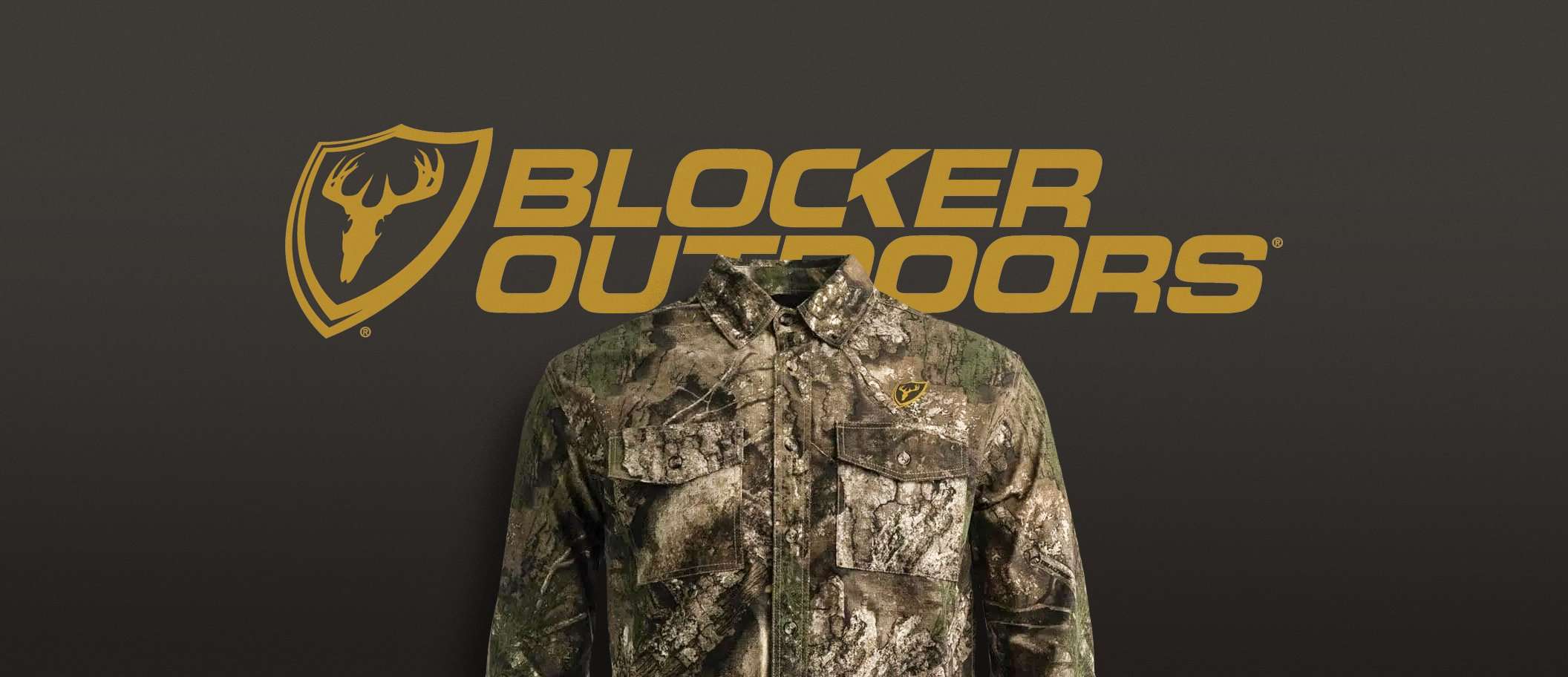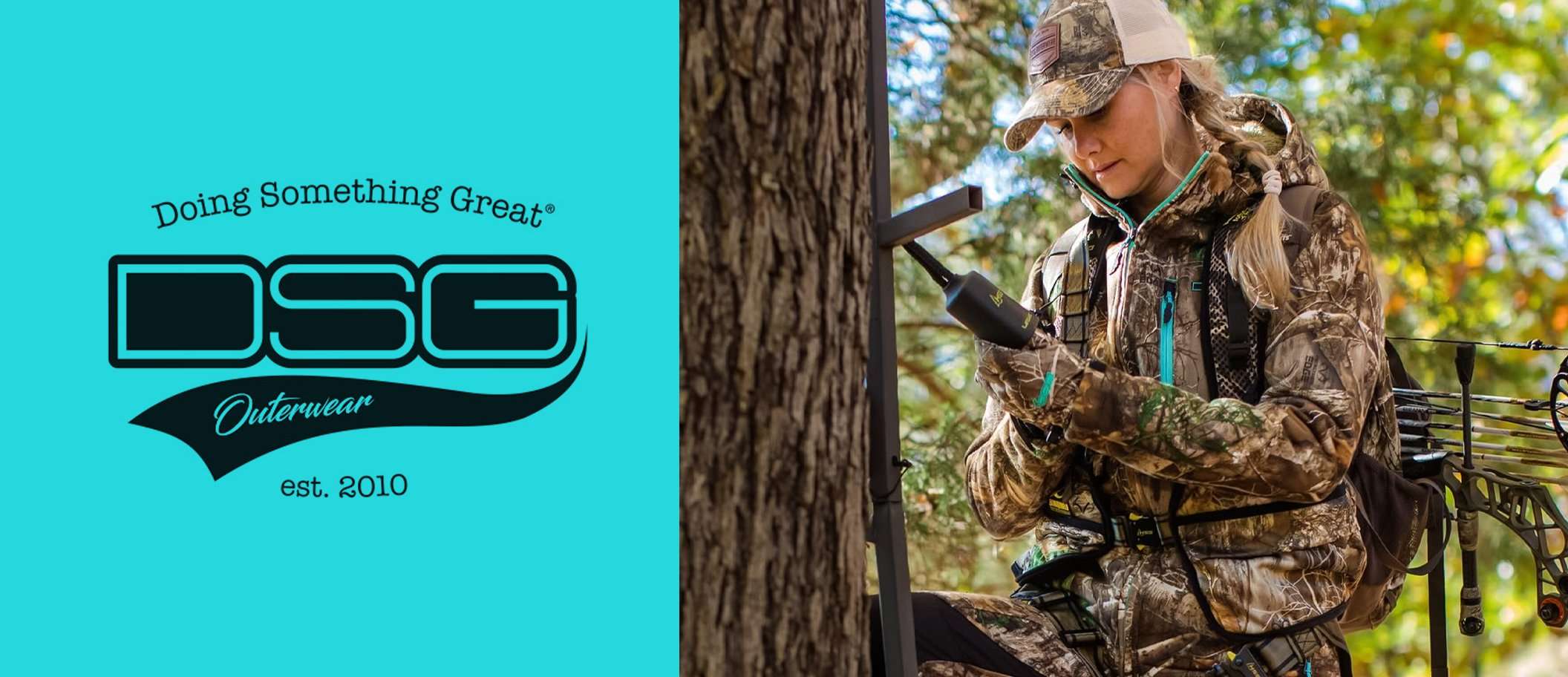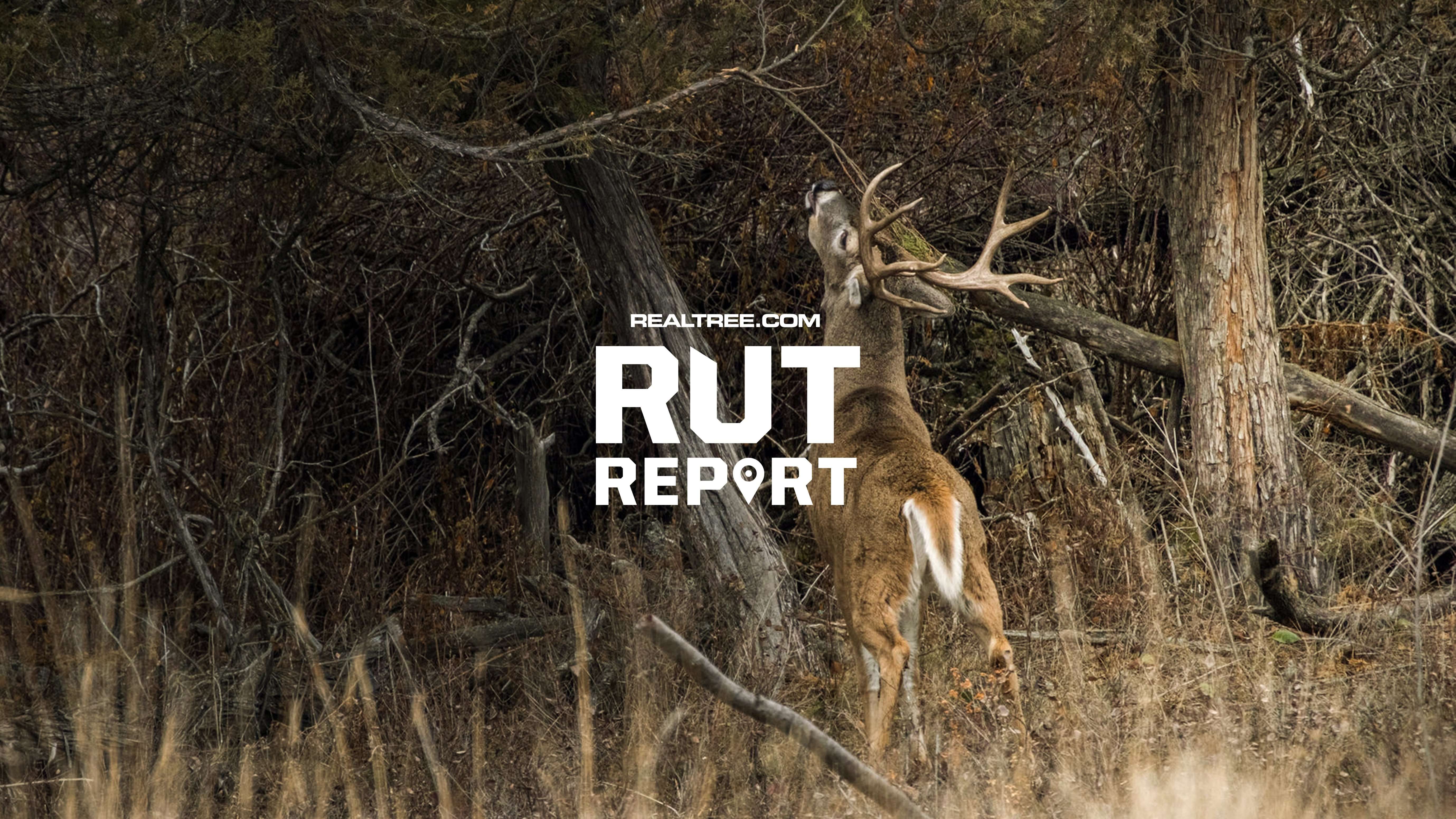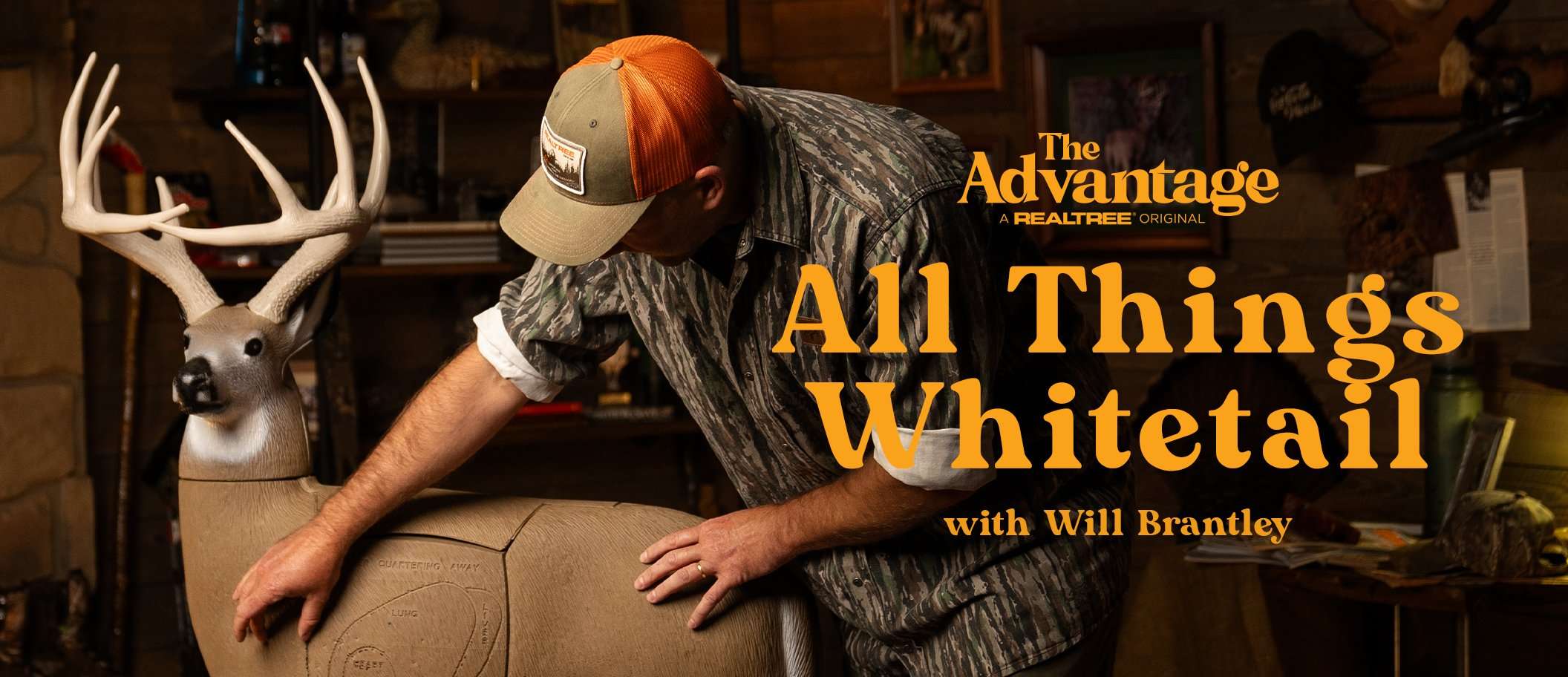Many resident hunters claim out-of-state hunters are creating too much pressure and limiting opportunities for residents
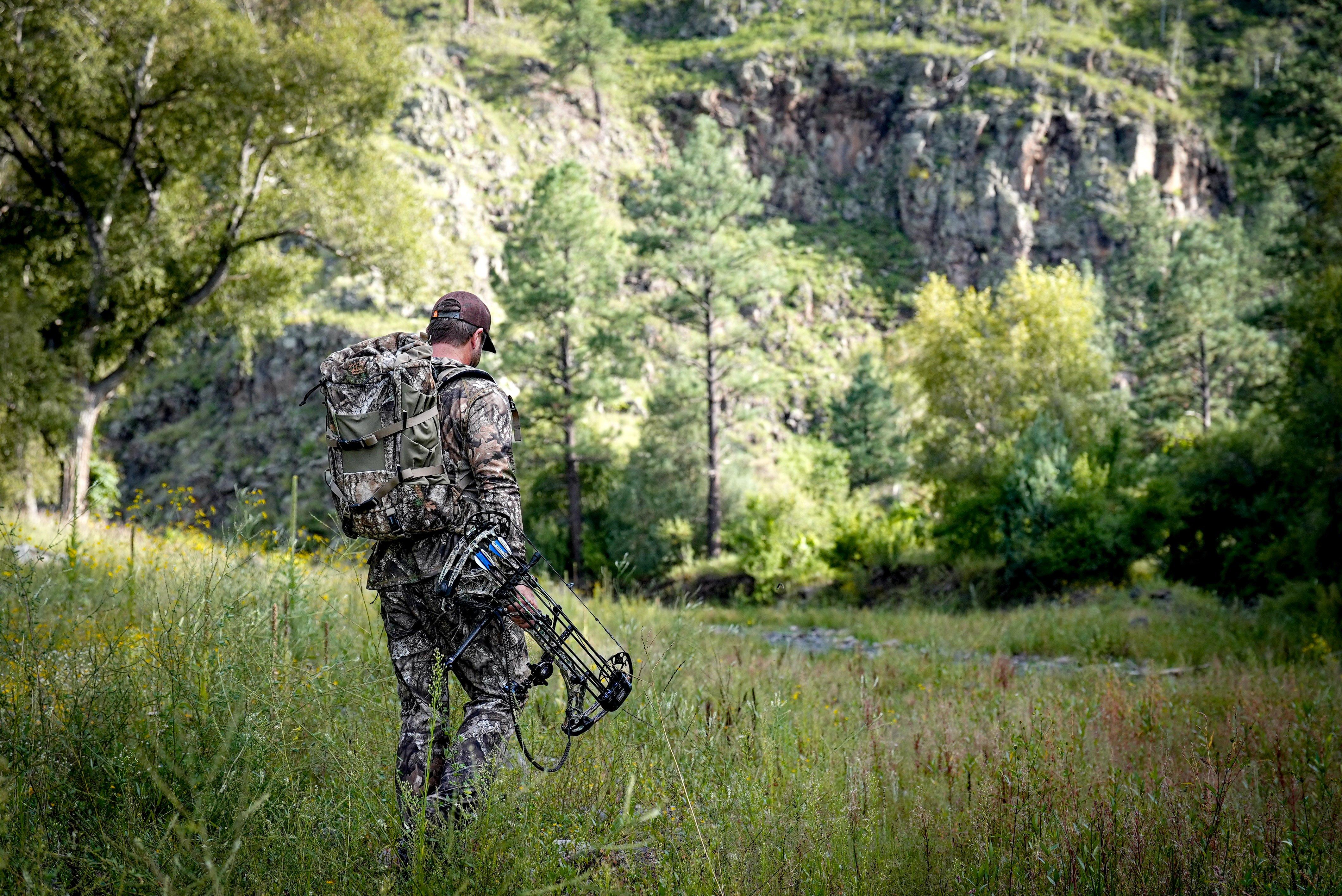
New study to determine Montana resident dissatisfaction over increasing number of nonresident hunters. (Photo by Realtree)
Montana’s resident hunters have tried with little success to push back the rising tide of nonresident hunters surging into the state. Some are hoping a new study bill will document their frustration and lead the way to change.
According to Missoula Current, Senate Joint Resolution 17 just went in front of the Senate Fish and Game Committee. Butte Skyline Sportsmen member Marty Petritz, one of the hunters who crafted the bill, said the bill will study resident dissatisfaction with the number of nonresident hunters that are increasingly limiting Montanans’ ability to hunt in their own state.
“The reason why we are going down this road is last session, there was a pile of bills to try to address nonresident hunting pressure. What we saw during that process was the fiscal notes were shutting this down, and it will continue to shut every bill down that tries to decrease nonresident license types. No one bill will ever address this issue,” Petritz said.
He said his group, Skyline Sportsmen, decided to put a study together that involves surveying Montana residents about their frustrations and if they’d be willing to accept an increase in resident license fees in return for a decrease in the number of nonresident licenses.
Many resident hunters and anglers are claiming more people are crowding their favorite spots. After making a number of information requests to Montana Fish, Wildlife & Parks (MFWP) over the past four years concerning nonresident hunter numbers without success, Petritz helped pass a bill in 2023 that requires MFWP to make that information public.
Everyone who purchases a hunting, fishing or boating license must also purchase a conservation license. In 2019, FWP sold 191,000 conservation licenses. By 2023, that number was 275,000, according to FWP data.
During his research, Petritz discovered that in 2019, FWP sold almost 59,000 nonresident base hunting licenses. In 2023, that number increased to more than 85,000. Of those, almost 61,000 were related to deer and elk licenses.
Chris Marchion of the Montana Wildlife Federation claims the number is five times more nonresident licenses than resident sportsmen agreed to about 30 years ago.
Up until the 1980s, few out-of-staters came to Montana to hunt due to inaccessibility. But in the early 1980s, as accessibility improved, more nonresidents began showing up and leased more land for hunting.
“The residents felt the pressure of competition. And at that time, we had a lot of deer but not a lot of elk. So, we were protective of our elk. So, we said, ‘We have too many (nonresidents),’ but outfitters pushed back. So, they settled on 17,600 nonresident licenses. At the time, that was more than was being issued,” Marchion said. “The resident hunter was adamant that we’re drawing a line in the sand and this is it. We’re not doing this again.”
Although the total number of nonresident hunters, including big game and birds, was supposed to be 17,600, legislators started passing bills that authorized more nonresident tags for a number of reasons.
Marchion said some legislators want 5,000 permits “for this or that” in eastern Montana, and hunters don’t fight hard enough to kill it. He explaiend that many of the programs that were instituted might have made sense 20 years ago, but no longer. SInce the programs were put into law, there’s no way to pull it back.
Residents have continuously tried to oppose more nonresident licenses, especially as the giveaways have become more egregious. Some resident hunters are so frustrated with the crowding that they’ve stopped hunting in the state. Resident license sales have decreased by 10% since 2019 even though Montana’s population has increased.
“It’s my belief that they quit hunting because of the pressure we’ve seen in this state,” Petritz said. “Part of the study bill looks at how much money communities are losing out on when nonresidents are compared to the residents that have stopped hunting. It’s residents that are buying most of their hunting gear, rifles and ammunition right here. Nonresidents, yes, they are spending money, but they’re not buying rifles and ammo. They’re bringing their own gear. I think that’s a valid argument, but it’s one I can’t make without data like from this survey.”
SJ 17 is receiving bipartisan sponsorship and Marchion said related bills to be considered during the 2027 Legislature will depend on how the study is carried out.
“You’ve gotta have some constructive people on (the committee) in order to have something that’s legitimate that we can all embrace. If they make the right appointments and create the right atmosphere, this is an opportunity to get us to a better spot,” Marchion said.
He said this is a smart proposal, but it is a challenge.
“If we do this, then the resident hunters have to speak up for their opportunity. Here’s your chance to change this. Don’t just sit home and wait for someone else to do this. Come and testify for this bill,” Marchion said.









































